Apple's latest lawsuit against YouTuber Jon Prosser isn't just another corporate legal filing—it's a fascinating peek behind the curtain of how the world's most secretive tech company protects its crown jewels. This case, centered on alleged theft of iOS 26 trade secrets, reveals the extraordinary lengths Apple goes to safeguard unreleased software and the potential consequences when those barriers are breached.
What started as seemingly routine leak coverage has evolved into something far more dramatic. Beginning in January 2025, Prosser showcased leaked iOS 26 renders on his YouTube channels, displaying features from what was then called iOS 19. The progression from his initial Camera app redesign video to March's Messages overhaul, culminating in April's "biggest iOS leak ever," suggested an unusual level of access—a pattern that would later trigger Apple's suspicions and ultimately reveal what the company alleges was a coordinated scheme involving unauthorized access to a development iPhone belonging to Apple engineer Ethan Lipnik.
The anatomy of Apple's digital fortress
Here's what makes this case particularly intriguing: Apple has constructed what amounts to a digital Fort Knox around its unreleased software, and this lawsuit gives us rare insight into both the sophistication of those security measures and their vulnerabilities.
Consider the scale we're dealing with. Apple's legal filing reveals that the company invests "billions of dollars on research and development each year" and employs "over 90,000 employees in the U.S. alone." Within this massive operation, Apple maintains such tight control over its secrets that a single compromised development device becomes grounds for federal litigation. This isn't just paranoia—it's a calculated business strategy where premature disclosure of features can undermine carefully orchestrated product launches that drive sales of devices costing "as much as $1,599."
The security architecture extends far beyond simple password protection. Apple's protocols include contractual obligations for employees to protect development devices, location tracking awareness, and multi-layered policies designed to prevent exactly what allegedly happened here. The fact that Lipnik was fired for "failing to follow Apple's policies designed to protect its confidential information" underscores how these measures create personal liability for every engineer handling sensitive material.
What's particularly revealing is that court documents indicate Lipnik's iPhone contained "a significant amount of additional Apple trade secret information that has not yet been publicly disclosed." This suggests Apple's development devices are treasure troves of future innovations, making their protection a matter of competitive survival rather than simple corporate secrecy.
The alleged digital heist unfolds
The story reads like a tech thriller, complete with location tracking, acquired passcodes, and FaceTime espionage. According to Apple's complaint, this wasn't opportunistic snooping—it was a deliberate operation orchestrated with precision timing and clear profit motives.
Here's how Apple alleges the scheme unfolded: Michael Ramacciotti, working as Prosser's associate, leveraged his friendship with Lipnik to gain access to the engineer's home. But rather than casual curiosity, Apple claims Ramacciotti "used location-tracking to determine when Mr. Lipnik would be gone for an extended period" and had already "acquired his passcode" for the development iPhone.
The digital intrusion allegedly occurred during one of Lipnik's extended absences, with Ramacciotti initiating a FaceTime call to Prosser to showcase the iOS 26 interface. Prosser reportedly recorded this call, creating permanent documentation of Apple's unreleased software that he could then share with others to create the rendered mockups featured in his videos.
The human element that ultimately exposed the scheme adds another layer of drama: Apple discovered the breach through an anonymous tip received on April 4, 2025, from someone who "claimed to have seen Prosser's recording of the call and recognized Lipnik's apartment." Additionally, the company obtained a voice message from Ramacciotti to Lipnik, apologizing for the incident and allegedly implicating Prosser as the mastermind.
This wasn't just technical espionage—it was personal betrayal with professional consequences. According to Apple's filing, Ramacciotti "knew this access and copying was unauthorized and could put Mr. Lipnik's career in jeopardy, but he did it anyway." The prediction proved accurate: Lipnik lost his job, while his compromised device potentially exposed years of Apple's future development plans.
Why these particular leaks mattered
Prosser's leaked content wasn't random beta footage—it showcased iOS 26's most strategic changes, including the new "Liquid Glass" design language that represents "the biggest revamp since iOS 7 in 2013." His January video revealed a Camera app redesign, March brought the Messages app overhaul, and April's comprehensive leak introduced the aesthetic overhaul that would define Apple's next-generation interface philosophy.
The business implications become clear when you consider Apple's product strategy. The iOS 26 feature set includes over 100 new features, from the visual overhaul to enhanced AI capabilities, new apps, and improved battery management. These aren't cosmetic updates—they represent fundamental changes to how users interact with devices that generate billions in revenue.
The accuracy of Prosser's recreations particularly concerned Apple. When iOS 26 was officially announced at WWDC, observers noted that while his mockups weren't identical to Apple's final version, "the Liquid Glass interface he showcased was notably close to the beta release." This proximity suggests access to genuine development materials rather than educated speculation.
Apple's complaint specifically mentions that Prosser "profited off Apple's trade secrets by sharing them in multiple videos on his business's YouTube channel, from which he generates ad revenue." This transforms the case from simple corporate espionage into a question of who gets to monetize Apple's R&D investments—the company that funded the development, or the content creators who reveal it prematurely.
The legal chess game begins
Apple's legal strategy reveals sophisticated thinking about how to protect trade secrets in the digital age. Rather than pursuing this as a simple breach of contract case, the company has invoked both the Defend Trade Secrets Act and the Computer Fraud and Abuse Act—federal laws that carry serious penalties and establish precedents for protecting intellectual property.
The trade secret framework requires companies to demonstrate they've taken "reasonable efforts to maintain secrecy" and that the information "derives independent economic value from not being generally known to the public." Apple's extensive security measures and multi-billion dollar R&D investments clearly satisfy these requirements.
What makes this case potentially transformative is Apple's request for a jury trial with damages "to be determined at trial." This signals Apple's confidence in its case and willingness to establish broader precedents about digital trade secret protection. A jury verdict could influence how other tech companies approach leak prevention and how courts handle similar cases involving social media-driven disclosure.
The strategic timing also demonstrates Apple's litigation sophistication. The company waited until after iOS 26's official announcement to file suit, allowing it to control the narrative around new features while building a stronger legal case. This approach maximizes both legal advantage and public relations benefits.
Prosser's defense, outlined in his social media response, centers on his claim that he "did not 'plot' to access anyone's phone" and was "unaware of how the information was obtained." This sets up a compelling legal question: Can content creators be held liable for trade secret misappropriation when they didn't directly participate in the initial breach? The answer could reshape how influencers approach potentially sensitive content.
The new economics of tech secrecy
The broader implications extend far beyond one lawsuit. Apple's aggressive legal action represents a potential inflection point in how tech companies respond to the growing "leak economy" that has emerged around unreleased products, and what this case reveals about the changing economics of technology secrecy.
This lawsuit follows Apple's recent settlement with former engineer Andy Aude, who admitted to leaking information about the Journal app and Vision Pro. That settlement, resulting in a public apology and undisclosed financial terms, may have demonstrated to Apple that aggressive legal action can produce favorable outcomes without the risks of prolonged litigation.
The case also illuminates how preview culture has evolved into a sophisticated content economy. Prosser's YouTube-based business model represents a newer form of tech coverage where accurate leaks can generate significant ad revenue and subscriber growth. If Apple wins decisively, it could fundamentally alter the risk-reward calculation for content creators, potentially driving them toward more cautious approaches or more sophisticated source protection methods.
For the broader tech industry, this case establishes important precedents about the intersection of social media, intellectual property, and federal law. Other companies facing similar leak challenges will likely study Apple's legal strategy and consider whether federal trade secret laws provide better protection than traditional contract enforcement.
The outcome will also influence how consumers and enthusiasts engage with unreleased technology information. If content creators face serious legal consequences for sharing leaked materials, the flow of early information about upcoming products could slow dramatically—or shift to more anonymous, harder-to-prosecute channels.
PRO TIP: If you're a content creator covering unreleased tech, this case underscores the critical importance of understanding your sources' methods and the legal distinction between speculation based on public information and material potentially derived from confidential access.
The Prosser case represents more than corporate legal maneuvering—it's a test of how traditional trade secret protections adapt to an era where a single FaceTime call can compromise years of development work, and where the line between journalism and potential criminal activity becomes increasingly complex. The outcome will likely influence technology journalism, content creation, and corporate security practices for years to come.




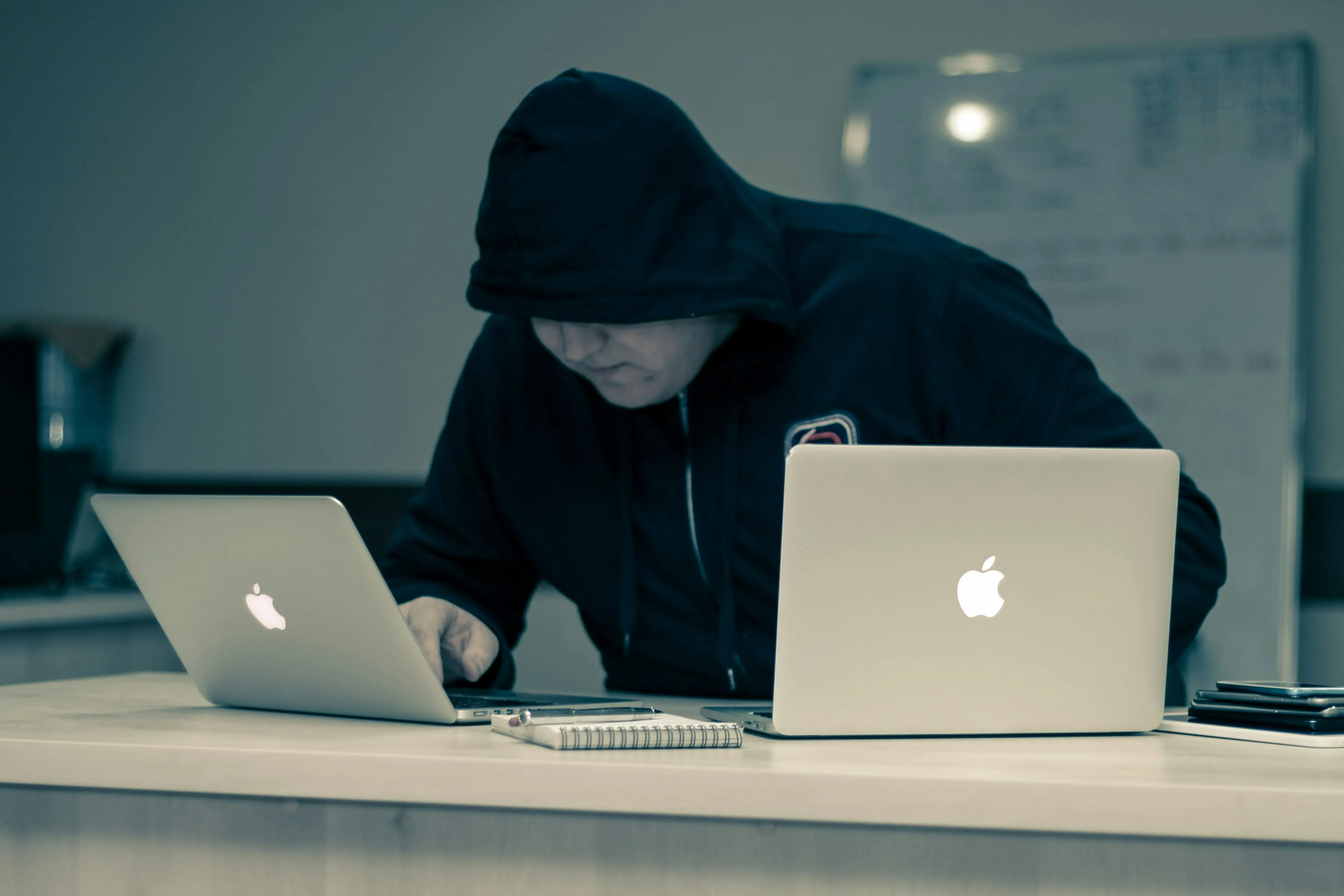
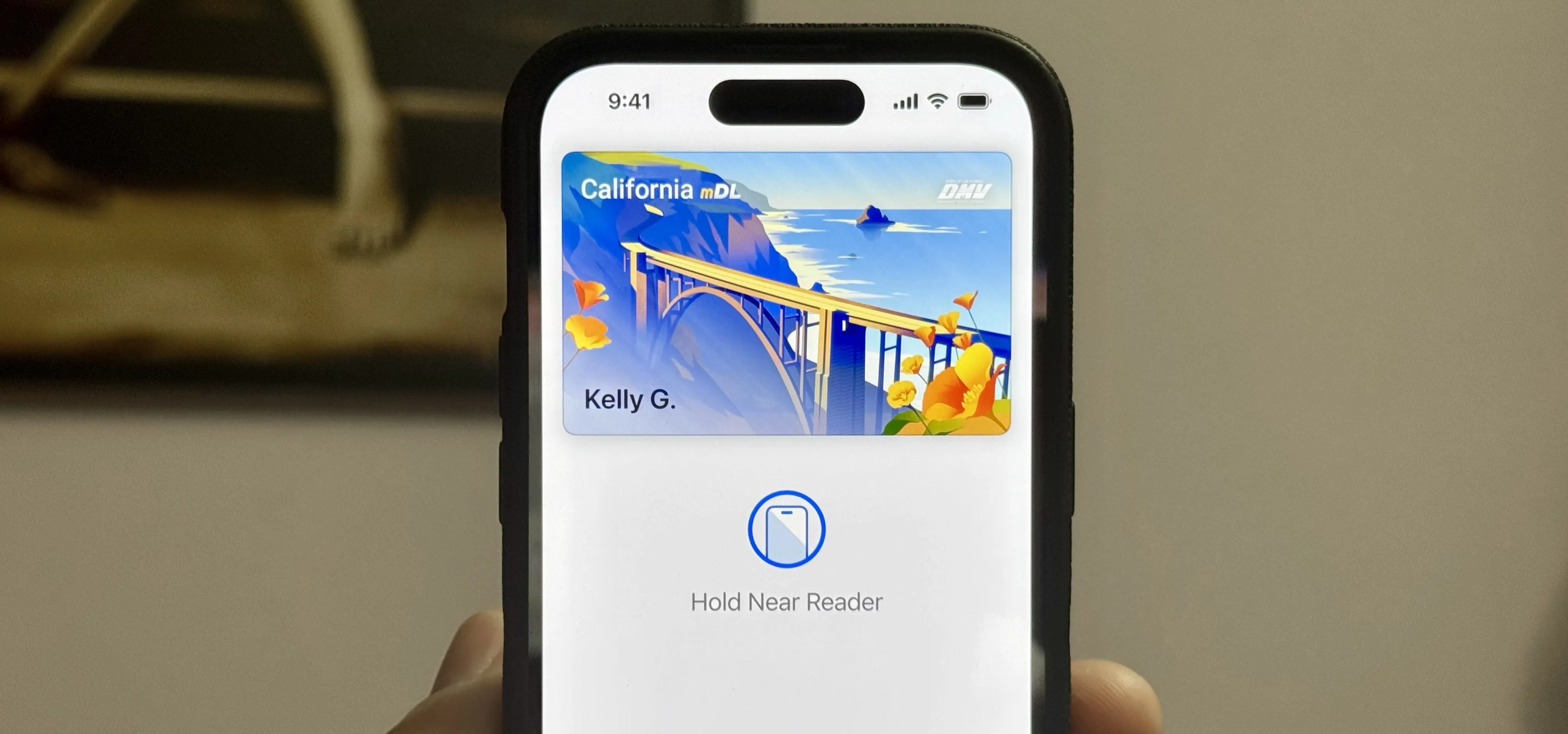
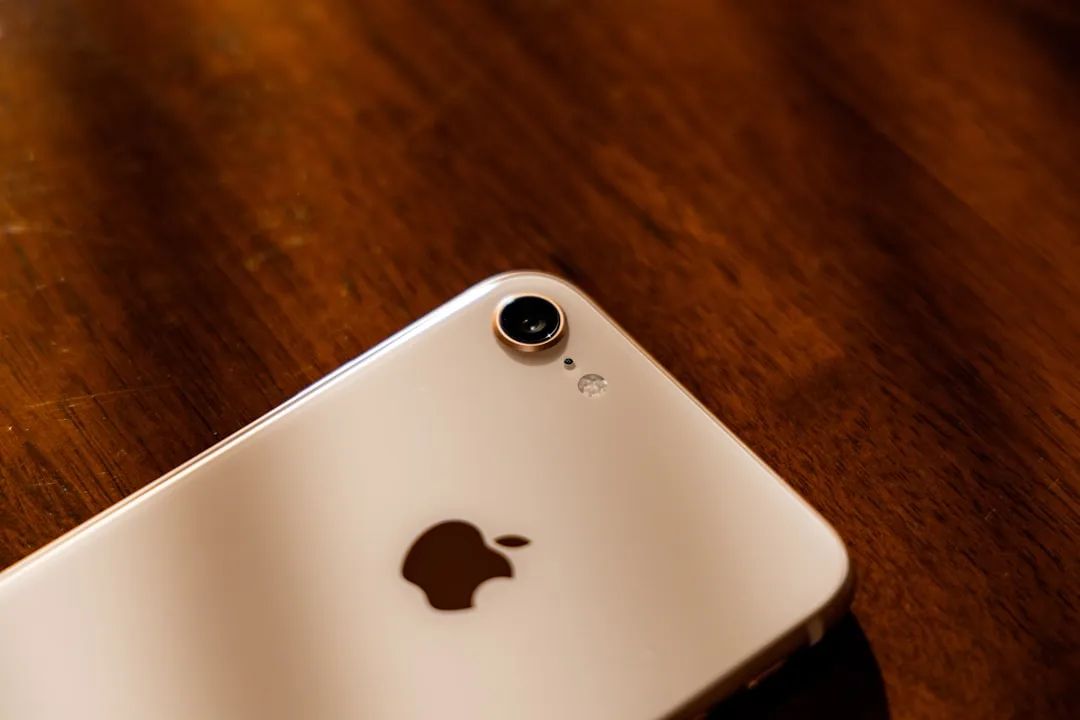
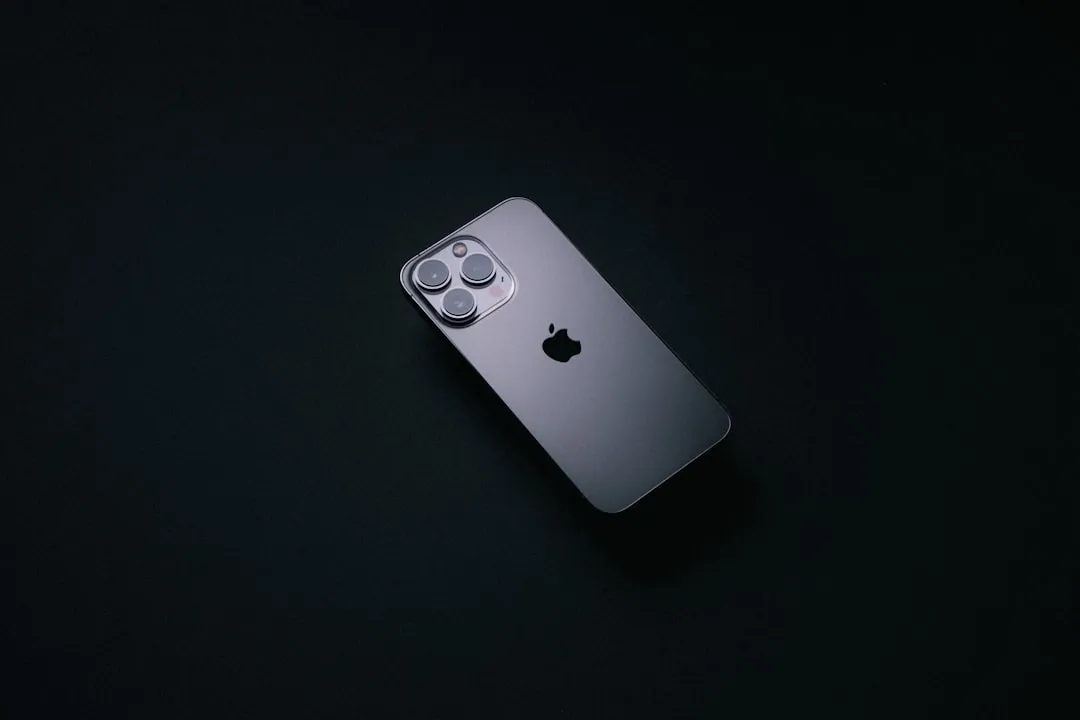
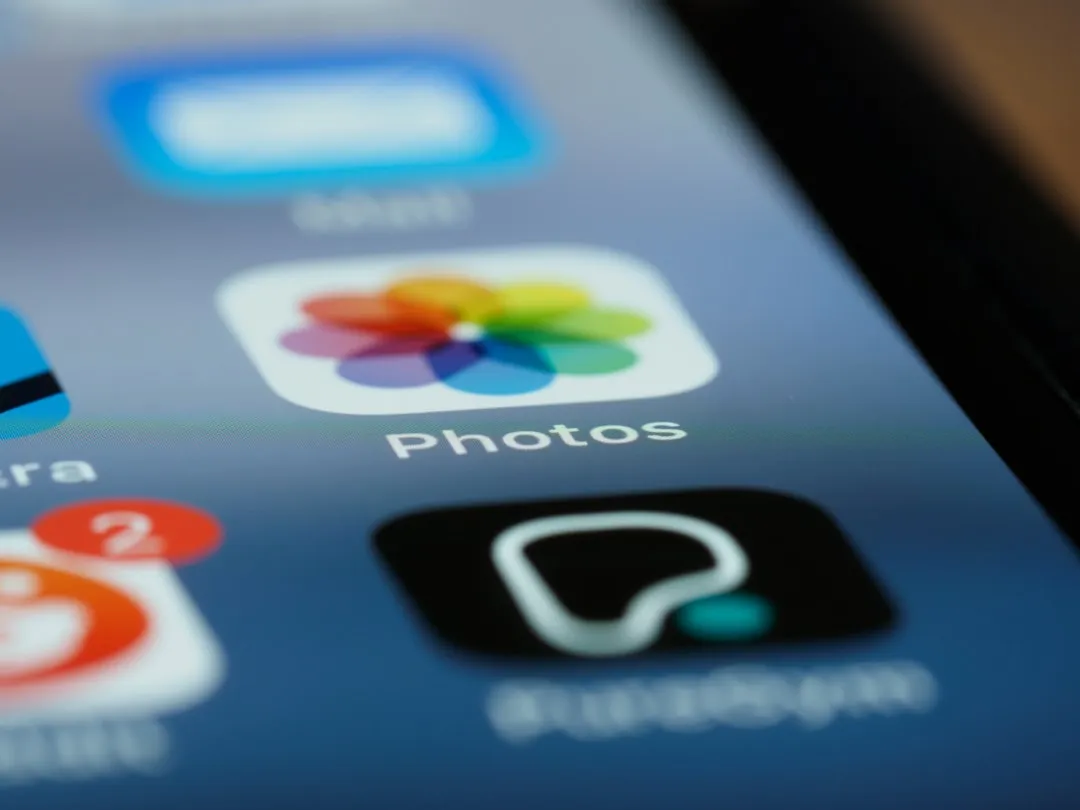
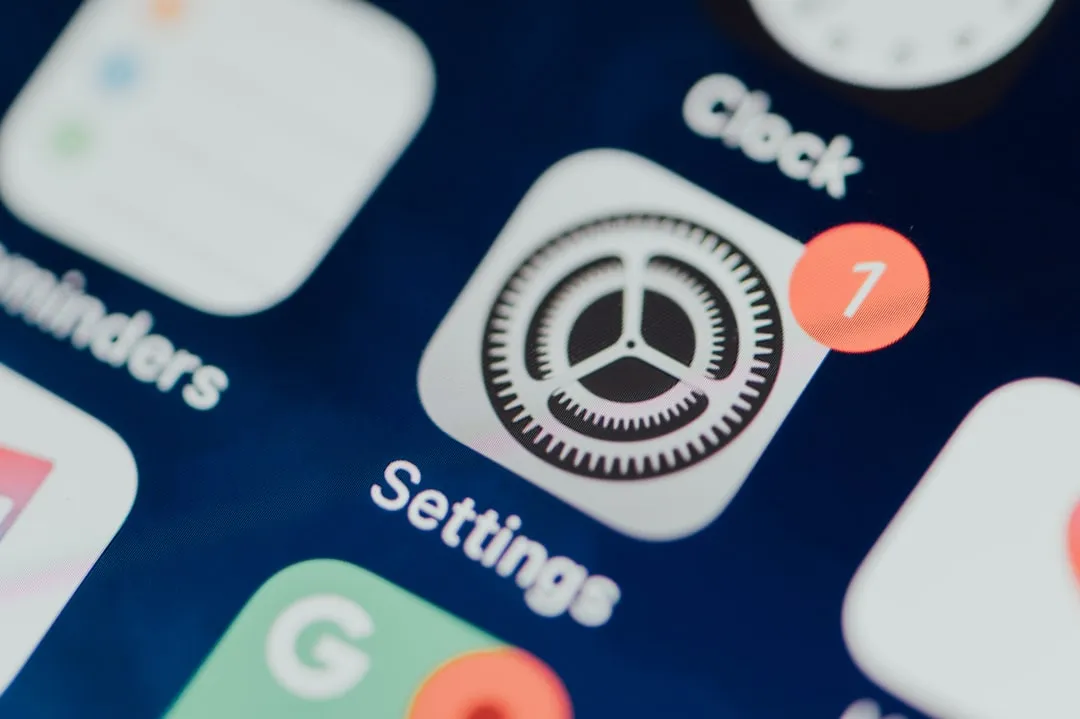
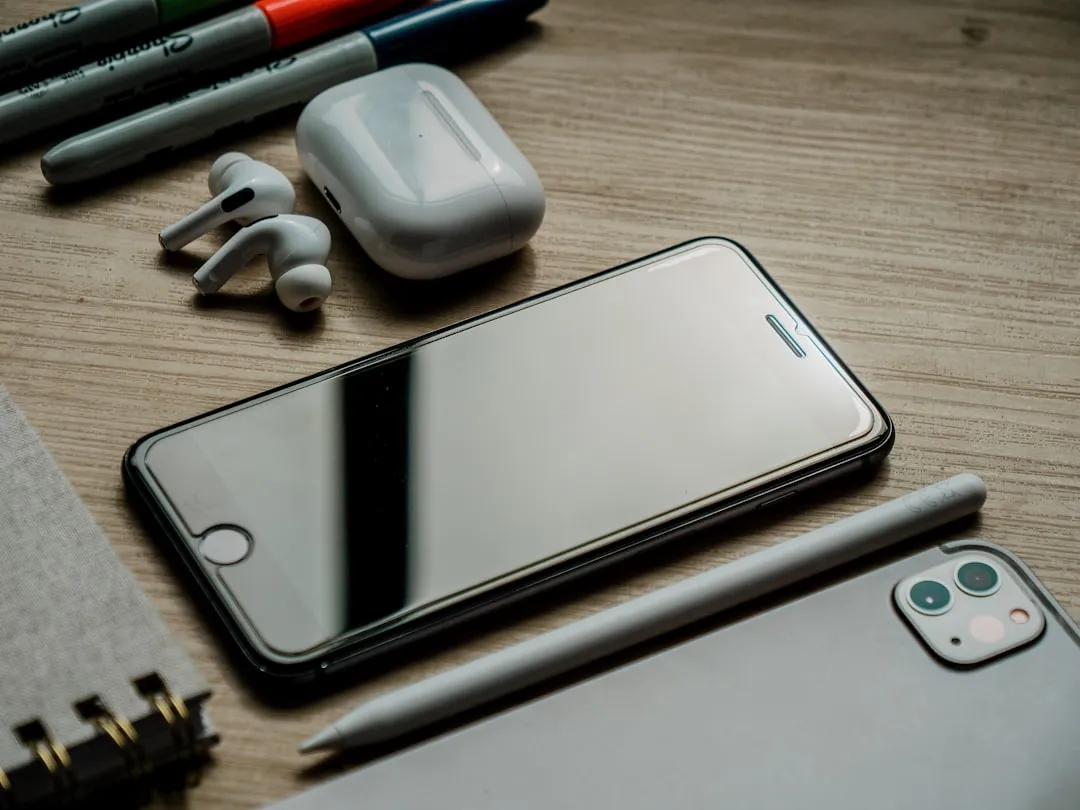

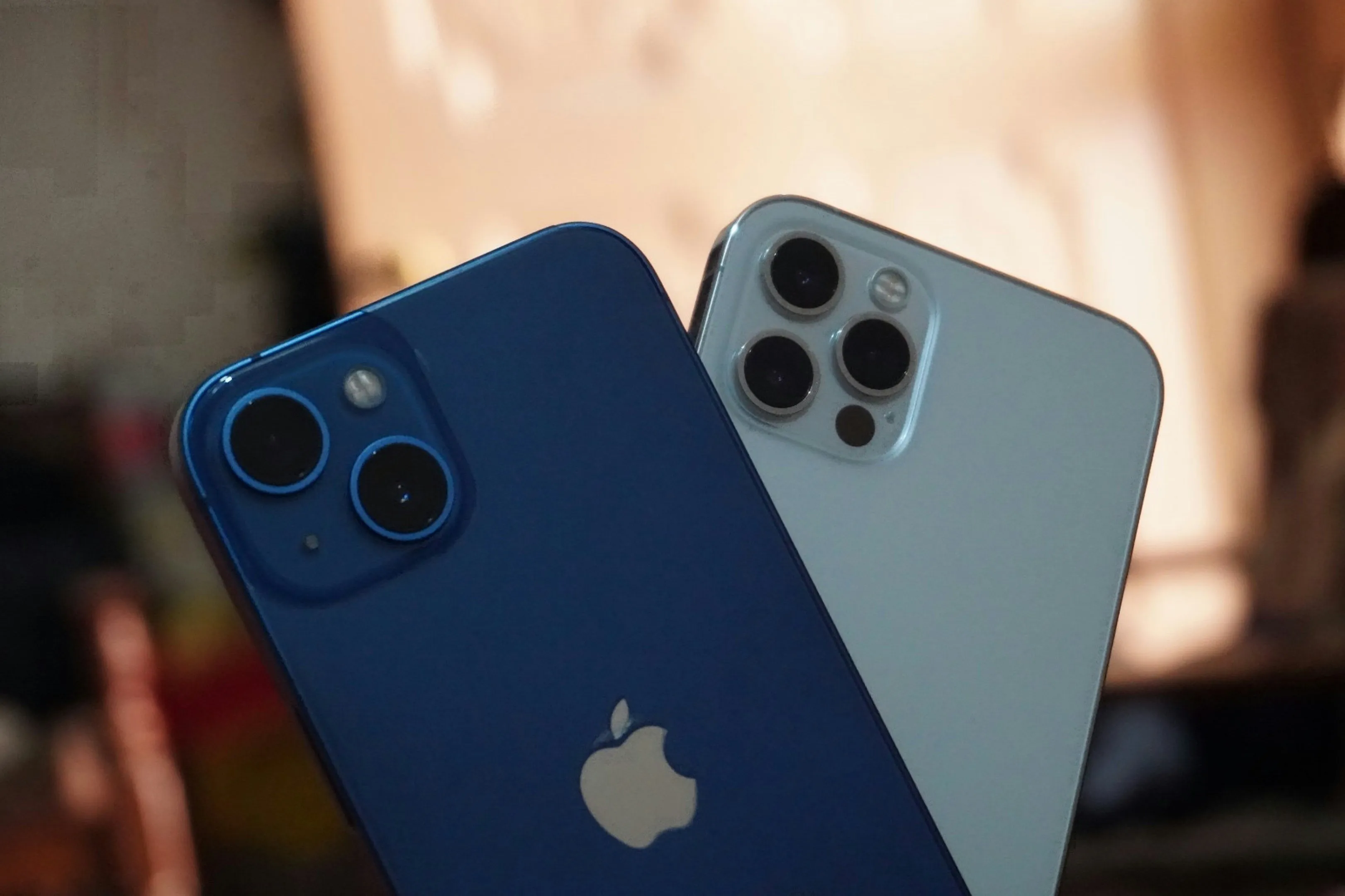

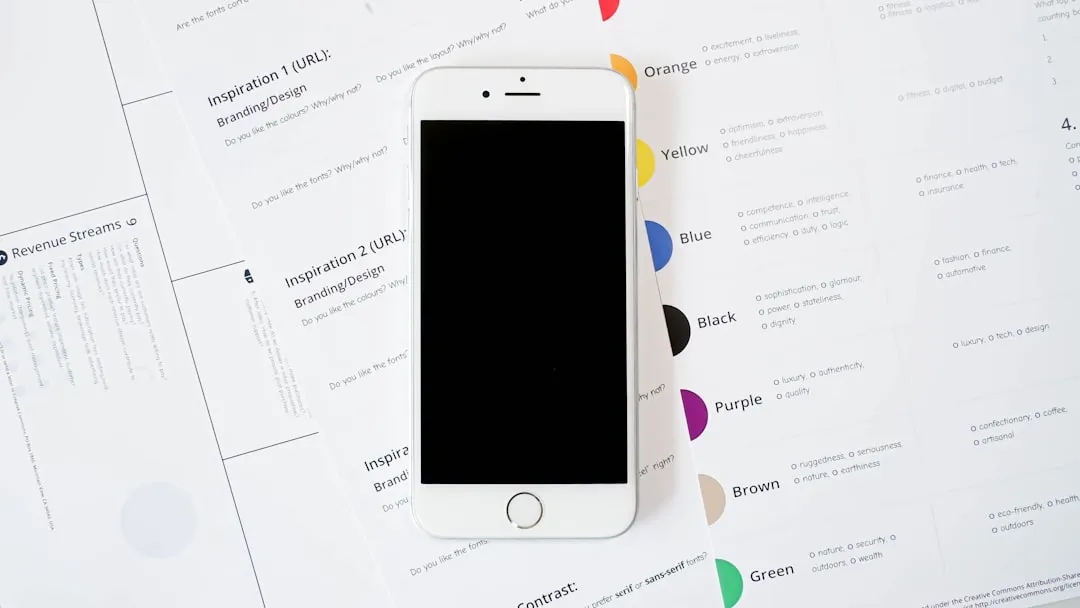
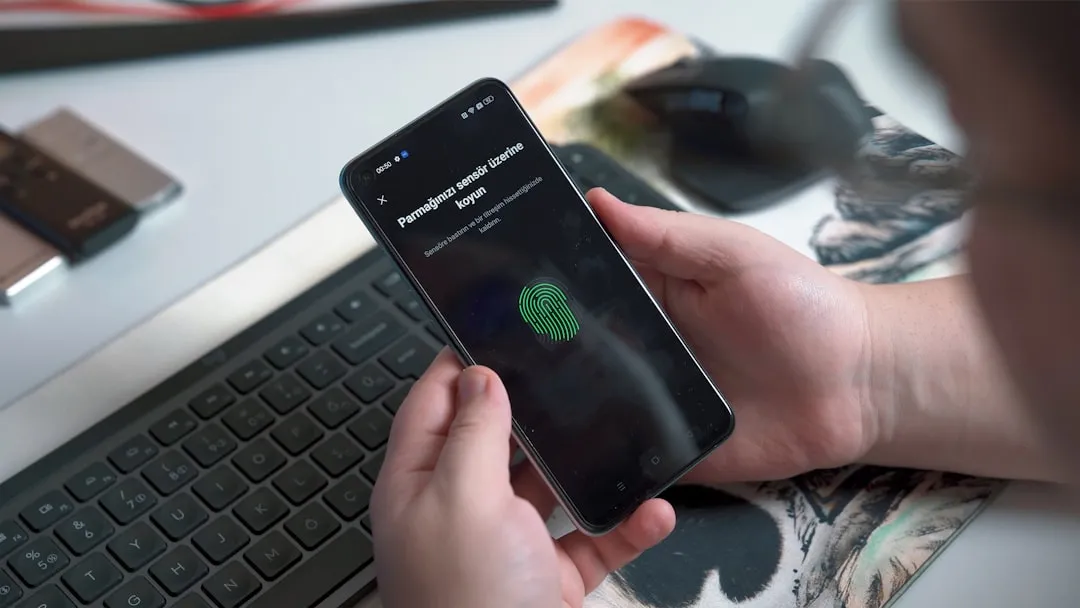
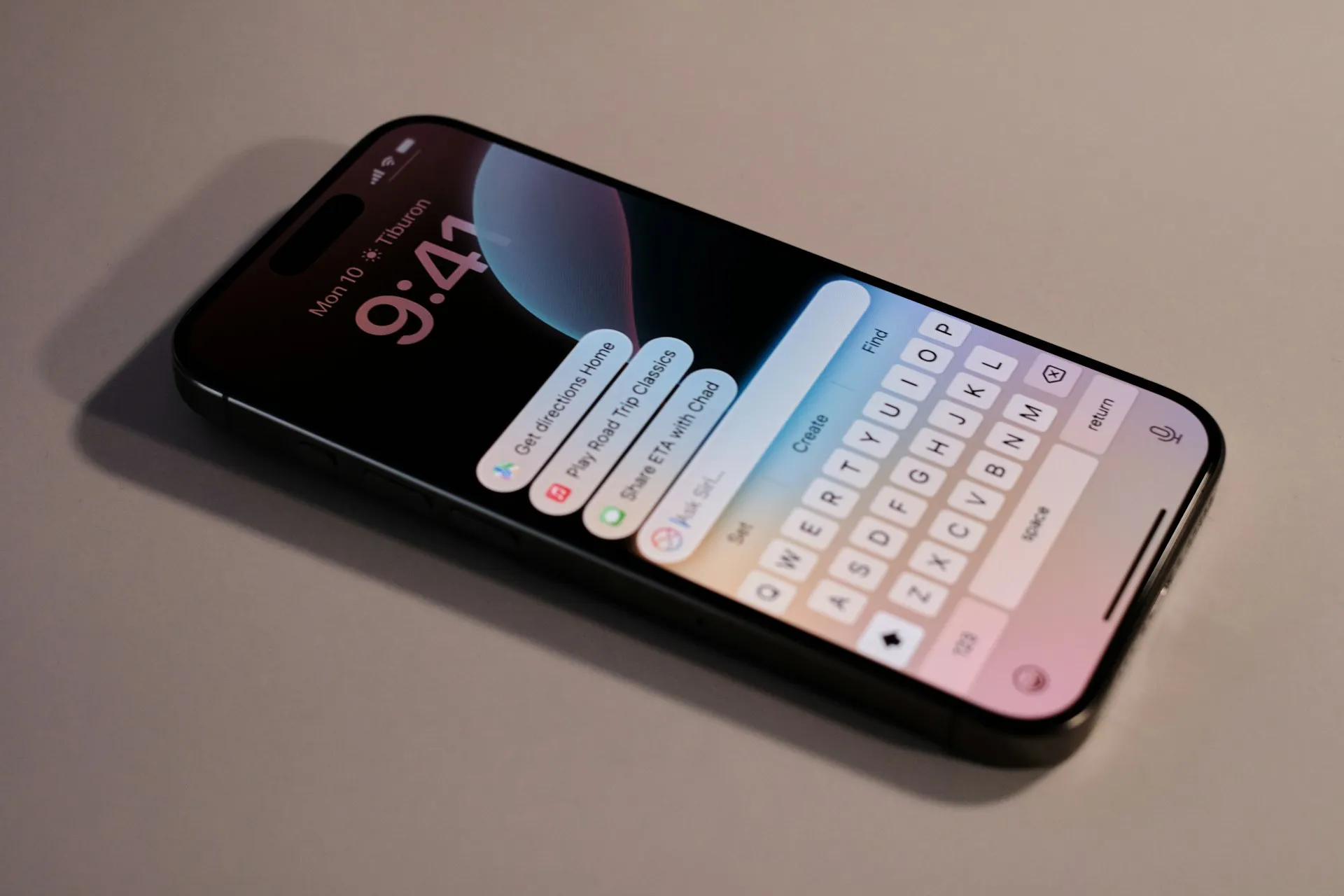

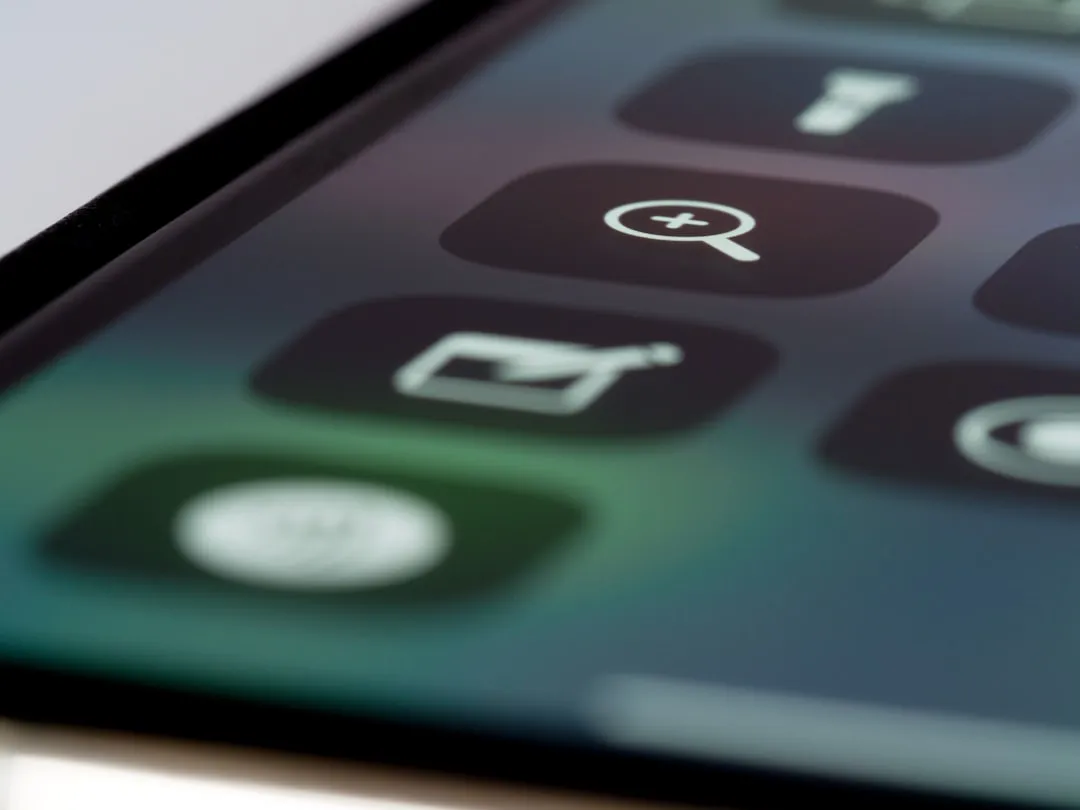
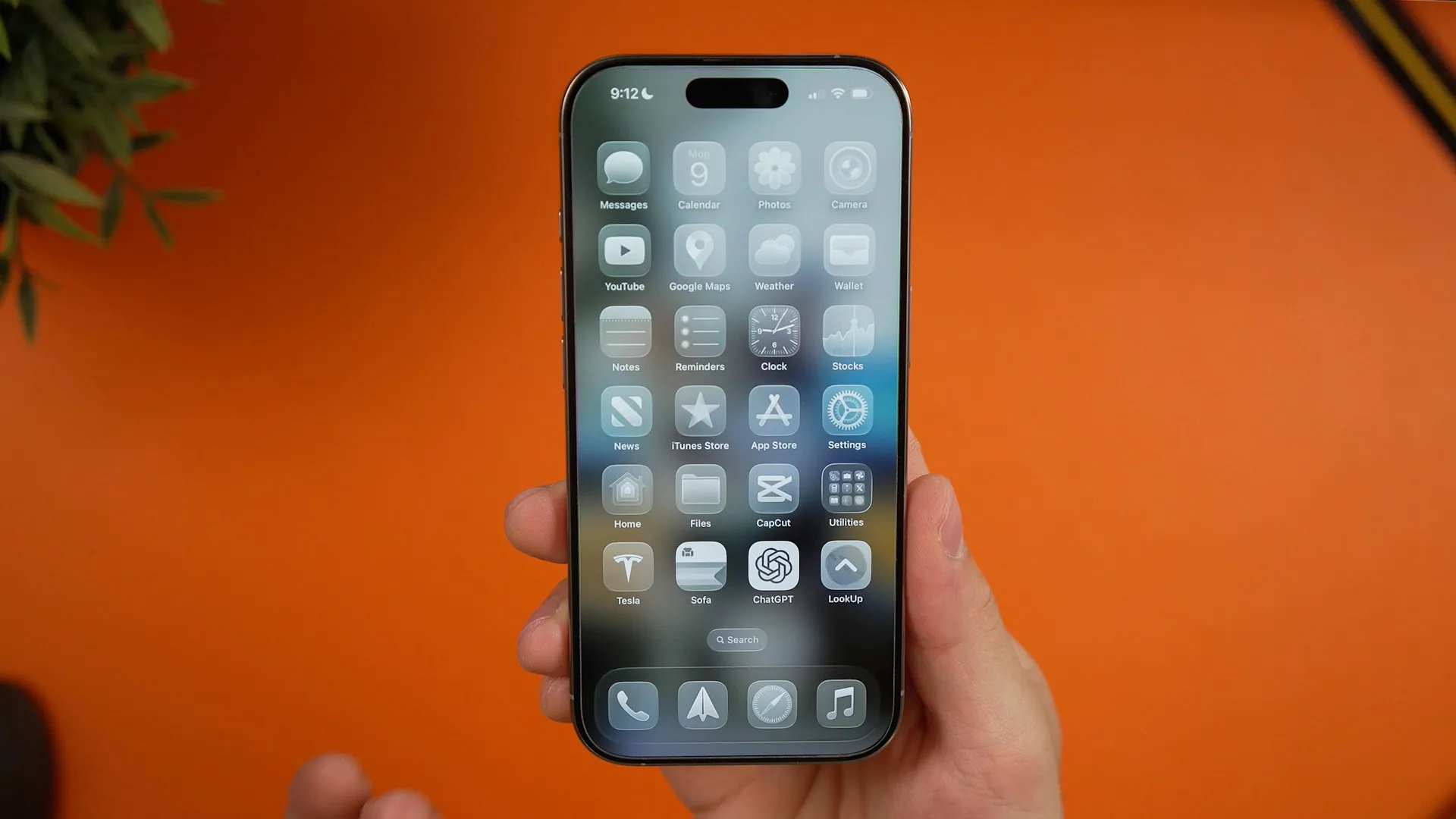
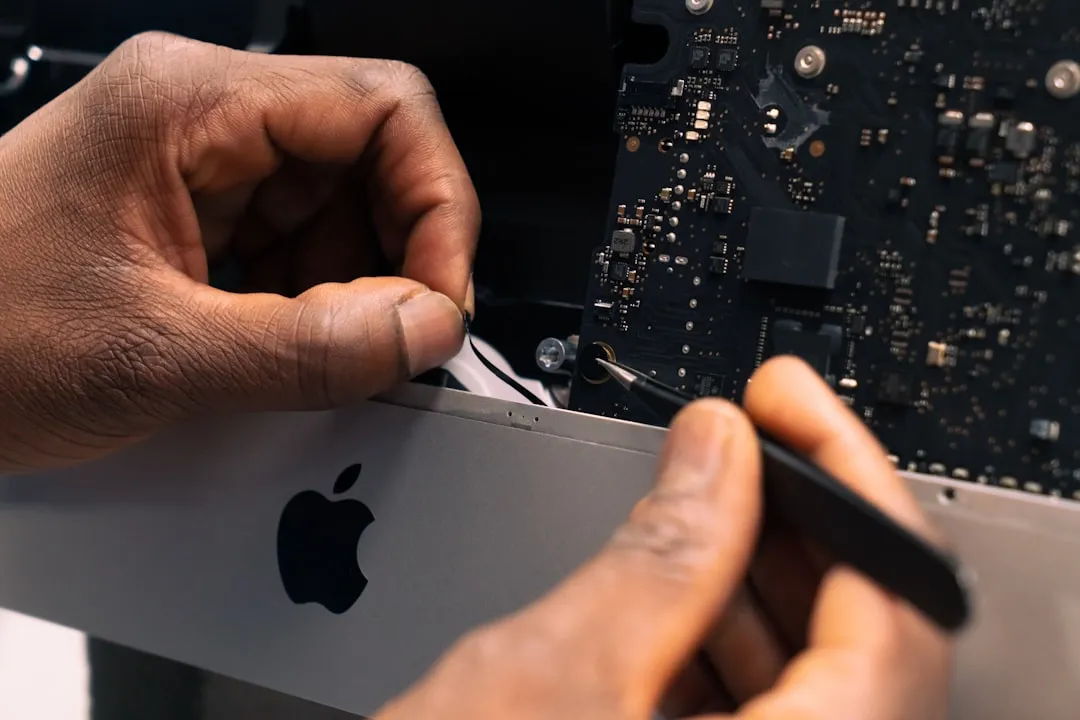
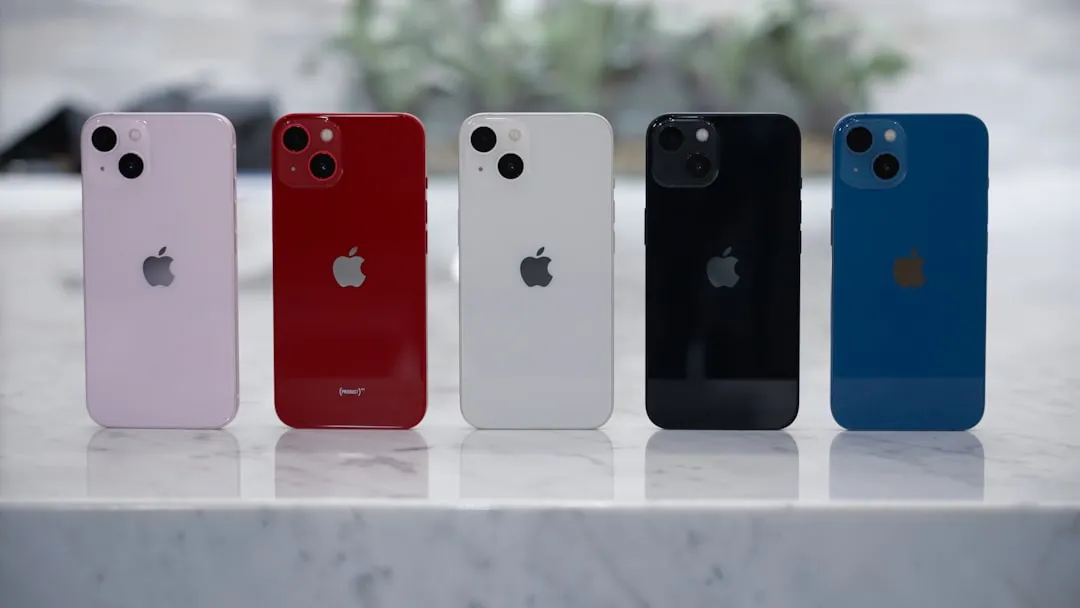
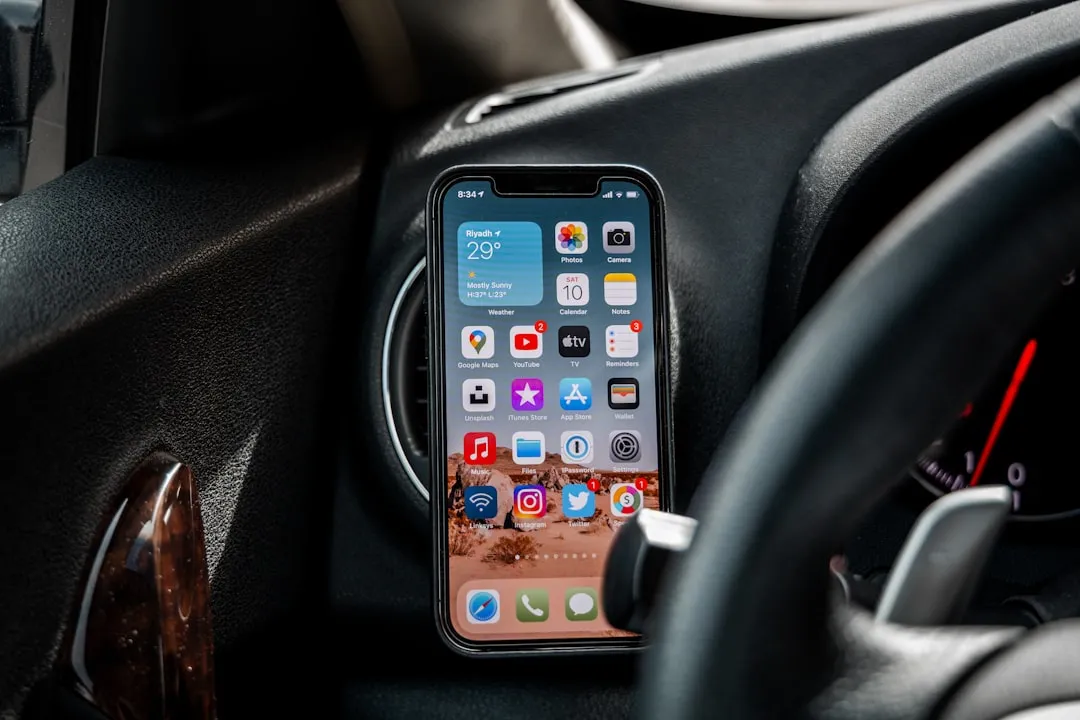


Comments
Be the first, drop a comment!